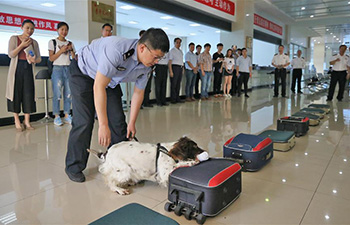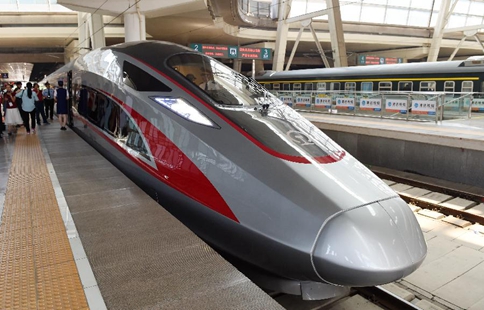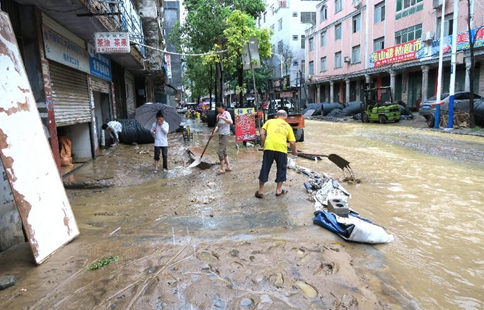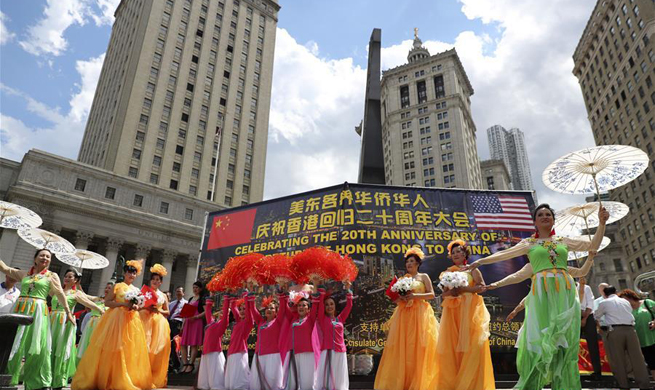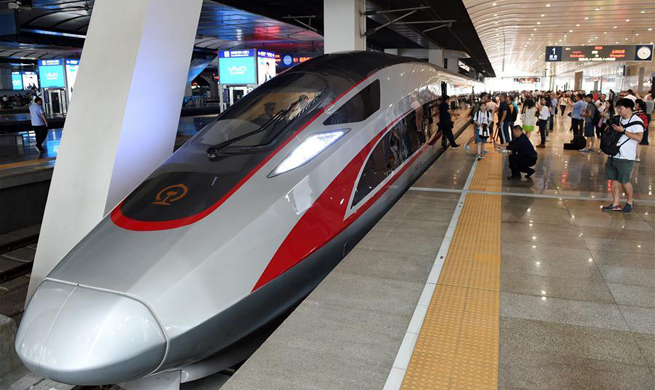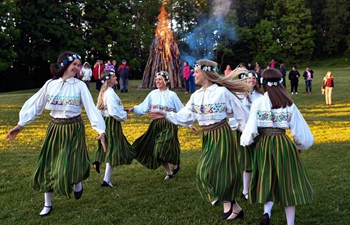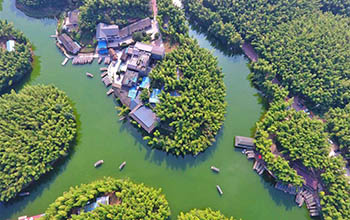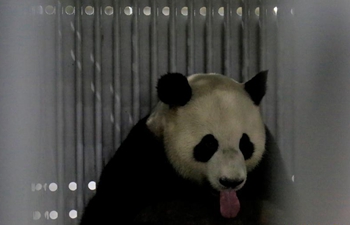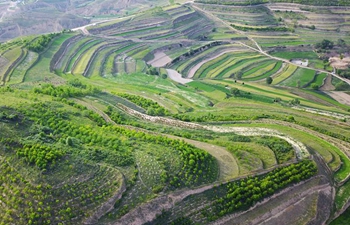by Abdul Haleem, Jawid Omid
HERAT, Afghanistan, June 26 (Xinhua) -- Saffron growers in war-torn Afghanistan are hoping for expanded export markets for their harvest, amid higher yields but lower prices, business leaders in the industry said recently.
"I am optimistic that China could be a major and profitable market for Afghan saffron if the government facilitates the export of our products to China," head of Saffron Producers Union of Afghanistan Bashir Ahmad Rashidi told Xinhua recently.
Farmers in parts of the conflict-hit Afghanistan have been attempting to replace growing poppies with saffron, and the western Herat province has taken the lead in this regard as many farmers have already begun growing the valuable crop.
Saffron production in Afghanistan, according to the country's Minister for Agriculture, Assadullah Zamir, has been on a constant rise over the past few years. Some 3.5 tons of saffron was harvested in 2015 and 6.5 tons in 2016.
The minister is hopeful that the country's saffron product would rise to 8 tons in the current year.
The major portion of Afghanistan's saffron, according to Rashidi, is produced in the western Herat province.
"No doubt, 90 percent of the country's saffron is produced in Herat, and scores of companies and firms have been operating in Herat to encourage saffron plantation, saffron processing and its broader business," Rashidi said.
Nevertheless, saffron growers in Herat have complained that a lack of market for their products have led to a drop in price of the valuable crop.
Describing saffron as "red gold," director of a saffron processing company in Herat City Omid Aminyar, said the price of saffron has fallen due to a lack of market and the status quo would discourage the farmers to grow the "red gold."
The price of 1 kg of saffron was 130,000 afghanis (about 1,912 U.S. dollars) last year, but in the current year it dropped considerably to 70,000 afghanis per kg, according to locals involved in the saffron business.
Many Afghans believe that if the government better encourage and support the farmers, and help them find markets for their legal products, especially for saffron, it would eventually give confidence to farmers to give up poppy cultivation for the drug trade and switch to saffron.
In insurgency-plagued Afghanistan, the opium-producing poppies harvest reached 4,800 tons in 2016, an increase of 43 percent against 3,300 tons of opium poppies harvested in 2015.
Herat has already been recognized as a leading province in producing saffron in Afghanistan and in the province, according to Khalil Ahmad Yarmand, chief of the Chamber of Commerce of Herat, only 600 kg of saffron had been exported to Middle East, Iran, China and some other countries last year, saying he is expecting to export many more tons of saffron this year.
"We are hopeful of producing good quality saffron this year, better processing it and exporting it to world markets, especially to China in the current year," director of Agriculture Department in Herat, Abdul Sabour Rahmani, said.





